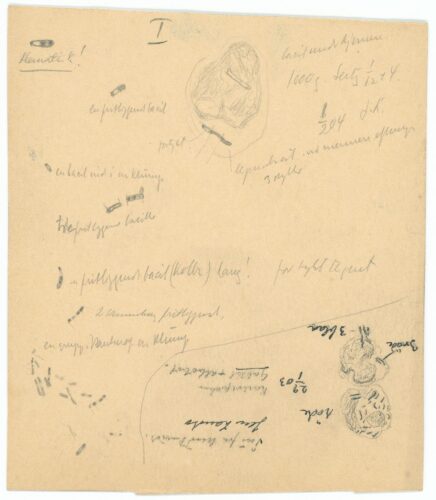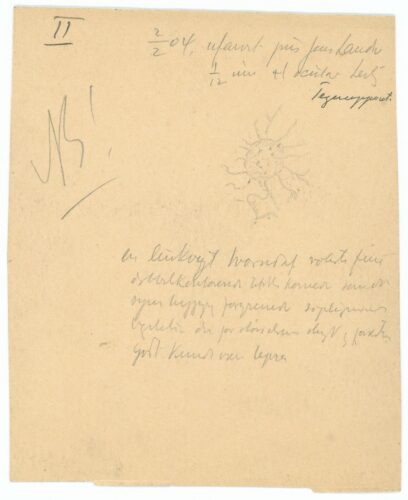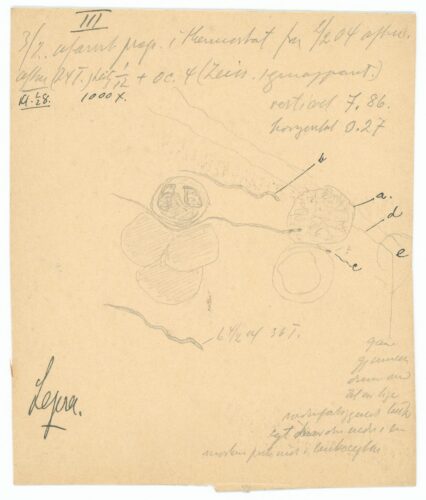Making the invisible visible
Microbiology is the study of living organisms so small that we need a microscope to see them. The discipline may have originated in the mid-17th century, when the inquisitive Dutch textile merchant Van Leeuwenhoek created a microscope with 300 times magnification. Using this, he became the first human to see blood and sperms cells – and bacteria, which he called animalcules.
In comparison, Hanse’s Gundlach VIII lens could magnify between 900 and 1700 times. However, the ‘golden age of microbiology’ in the 19th century was not just about what they could see, but also how well they could understand what they observed. Hansen was part of a generation of scientists that really were on the trail of new discoveries and explaining how the world worked by observing things so small that they were invisible to the naked eye. By the 1840s, cells were established to be the body’s building blocks. Sometime later, Louis Pasteur showed how bacteria entered the body, but it had yet to be established that bacteria could cause disease.
The link between bacteria and disease was proven in a number of cases. While Hansen tried to prove that there was a link between bacteria and disease for leprosy, Robert Koch succeeded in proving the link for anthrax, tuberculosis and cholera.
The early microbiologists were not only pioneers in the field of observation, but also in developing the scientific and philosophical methods needed to prove links to the real world. How could they link the small, moving organisms that were invisible without a microscope to what was eminently visible without a microscope in the patients? No clear criteria existed in Hansen’s early career, but he was part of a European scientific community, and was in contact with those that developed such tenets. Hansen knew what was required to prove, beyond doubt, infectivity to his colleagues.
- The microorganism must be present in all those who have the disease, but not in healthy individuals.
- It must be possible to isolate and cultivate the microorganism in laboratories.
- When the microorganism is administered to a healthy individual, it must cause the disease.



Bergen City Archives.



